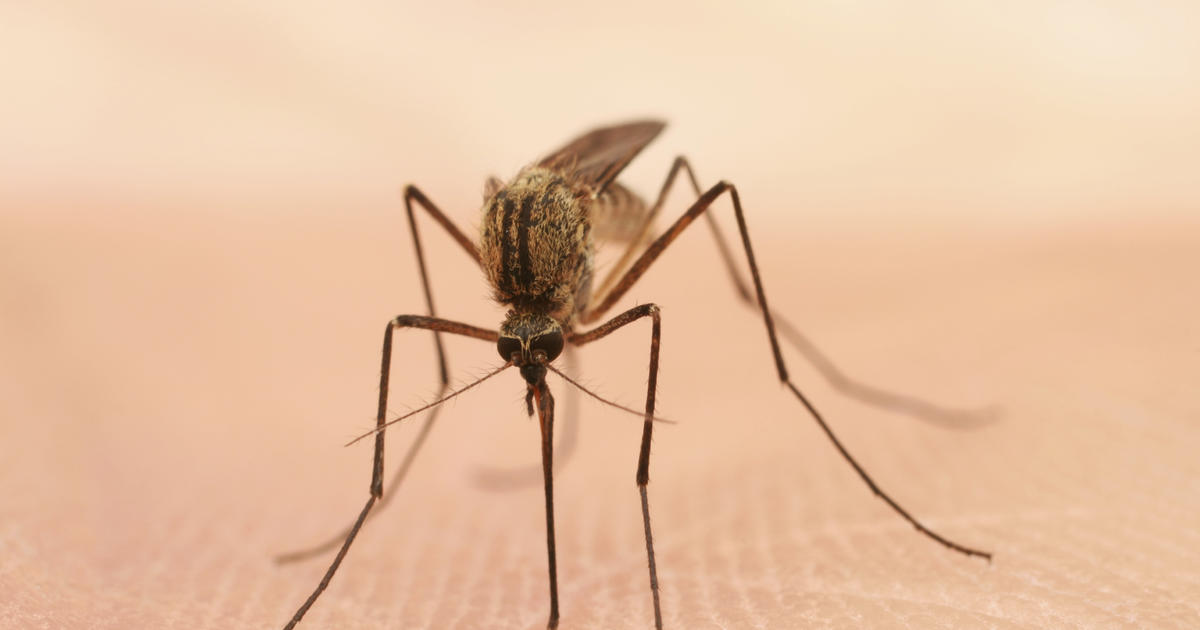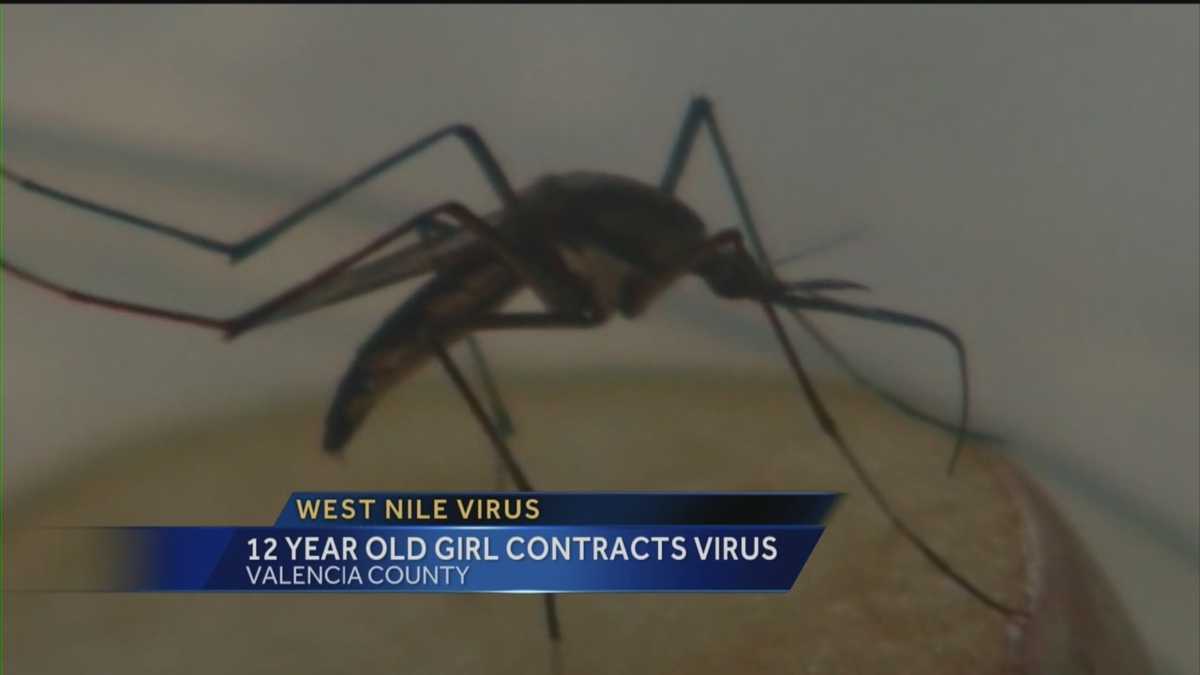Link to 2014 thread; https://flutrackers.com/forum/forum/...ile-2014/page7
California
HUMAN CASES
YTD: 0 Counties: 0
No cases of human WNV illness have been reported positive for WNV in 2015.
DEAD BIRDS
YTD: 5 Counties: 3
There was 1 new WNV positive dead bird reported in California last week from San Diego County. This is the first indication of WNV from San Diego County this year.
5 dead birds from 3 counties have tested positive for WNV in 2015.
MOSQUITO SAMPLES
YTD: 2 Counties: 2
There was 1 new WNV positive mosquito sample reported in California last week from Santa Barbara County. This is the first indication of WNV from Santa Barbara County this year.
2 mosquito samples from 2 counties have tested positive for WNV in 2015.
SENTINEL CHICKENS
YTD: 0 Counties: 0
No sentinel chickens have tested positive for WNV in 2015.
This year could bring record numbers of West Nile cases
04/10/2015 05:42 PM04/10/2015 05:53 PM
The potentially deadly West Nile virus is threatening to reach record highs in California this year and experts say the drought is to blame.
There were 801 cases of West Nile last year, the highest amount California has ever seen. This year, state health officials say it could be even worse. Health experts say one reason the numbers were so high last year is because it was a record hot year. Mosquitos, which carry the virus, are more abundant and active in hot temperatures.
...
APApril 10, 2015, 10:15 AM
California drought linked to West Nile virus outbreak
California saw a record number of deaths from the West Nile virus last year, and the state's drought may have contributed to the spike in infections, according to health officials.
Thirty-one infected people died in 2014, the most since California began recording West Nile cases in 2003, the state Department of Public Health said Wednesday.
There were 801 Californians who tested positive for the virus -- coming close to the record of 880 cases a decade ago.
...
California
HUMAN CASES
YTD: 0 Counties: 0
No cases of human WNV illness have been reported positive for WNV in 2015.
DEAD BIRDS
YTD: 5 Counties: 3
There was 1 new WNV positive dead bird reported in California last week from San Diego County. This is the first indication of WNV from San Diego County this year.
5 dead birds from 3 counties have tested positive for WNV in 2015.
MOSQUITO SAMPLES
YTD: 2 Counties: 2
There was 1 new WNV positive mosquito sample reported in California last week from Santa Barbara County. This is the first indication of WNV from Santa Barbara County this year.
2 mosquito samples from 2 counties have tested positive for WNV in 2015.
SENTINEL CHICKENS
YTD: 0 Counties: 0
No sentinel chickens have tested positive for WNV in 2015.
This year could bring record numbers of West Nile cases
04/10/2015 05:42 PM04/10/2015 05:53 PM
The potentially deadly West Nile virus is threatening to reach record highs in California this year and experts say the drought is to blame.
There were 801 cases of West Nile last year, the highest amount California has ever seen. This year, state health officials say it could be even worse. Health experts say one reason the numbers were so high last year is because it was a record hot year. Mosquitos, which carry the virus, are more abundant and active in hot temperatures.
...
APApril 10, 2015, 10:15 AM
California drought linked to West Nile virus outbreak
California saw a record number of deaths from the West Nile virus last year, and the state's drought may have contributed to the spike in infections, according to health officials.
Thirty-one infected people died in 2014, the most since California began recording West Nile cases in 2003, the state Department of Public Health said Wednesday.
There were 801 Californians who tested positive for the virus -- coming close to the record of 880 cases a decade ago.
...









Comment